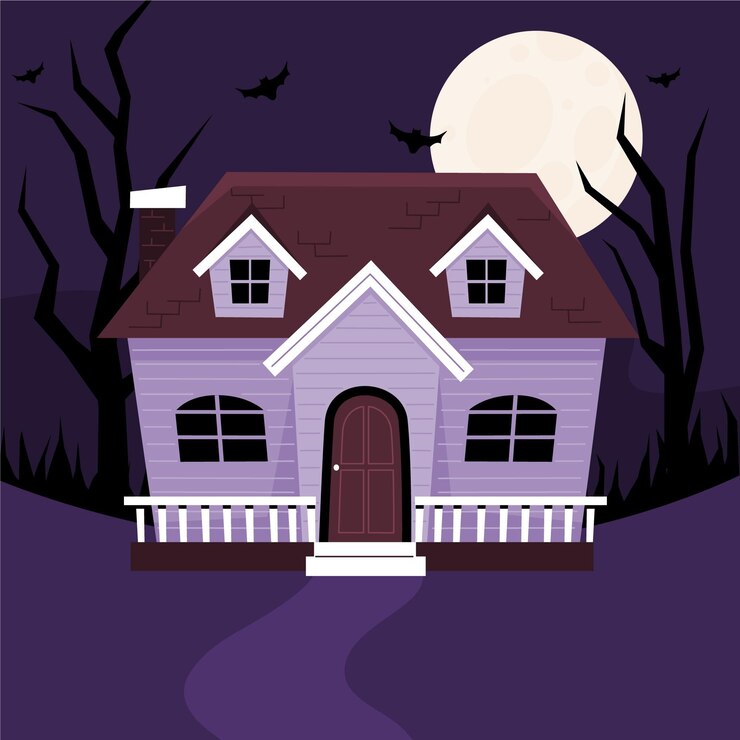The table summarizes key elements, and a detailed 600-word summary elaborates on the novel’s plot, themes, and literary impact.
| Aspect | Details |
|---|---|
| Title | The Haunting of Hill House |
| Author | Shirley Jackson |
| Genre | Gothic Horror, Psychological Thriller |
| Published | 1959 |
| Setting | Hill House, a secluded and eerie mansion with a mysterious history, located in a rural part of the northeastern United States |
| Protagonist | Eleanor Vance |
| Themes | Isolation, Madness, Supernatural vs. Psychological Horror, Fear, Desire for Belonging |
| Plot Overview | A group gathers in Hill House to study paranormal events, encountering eerie occurrences that lead to psychological unraveling. |
| Notable Characters | Eleanor Vance, Dr. John Montague, Theodora, Luke Sanderson |
| Tone and Atmosphere | Dark, Claustrophobic, Suspenseful |
| Narrative Technique | Third-person limited, primarily through Eleanor’s perspective, heightening the ambiguity of events |
| Symbolism | Hill House symbolizes inner fears, personal trauma, and isolation |
| Major Conflict | Eleanor’s internal struggle between her desire for connection and the malevolent influence of Hill House |
| Resolution | Eleanor’s tragic death, leaving ambiguous whether it was driven by supernatural forces or her own psychological instability |
| Legacy | Critically acclaimed as a landmark in horror literature; adapted into films and a popular 2018 Netflix series directed by Mike Flanagan |
| Significance | Widely regarded for its psychological complexity and atmospheric horror, influencing both literature and popular culture’s portrayal of haunted houses |
Detailed Summary and Analysis of The Haunting of Hill House (600 Words)
The Haunting of Hill House by Shirley Jackson is a landmark novel in Gothic horror, blending psychological themes with a chilling supernatural backdrop. Published in 1959, the novel focuses on the mysterious Hill House, a mansion with a sinister reputation due to its tragic history and strange, unsettling architecture. Hill House is depicted almost as a living entity, with its odd angles, claustrophobic rooms, and pervasive atmosphere of dread. Dr. John Montague, an investigator of the supernatural, decides to conduct an experiment in the house, hoping to observe paranormal activity firsthand. He invites several individuals with prior experiences of unusual phenomena, ultimately joined by Eleanor Vance, Theodora, and Luke Sanderson.
The narrative centers on Eleanor, a woman in her early thirties who has lived a life of emotional repression and isolation. Her past is marked by years of caring for her demanding, ill mother, leaving Eleanor desperate for connection and independence. When she receives Dr. Montague’s invitation, she impulsively decides to join the study, seeing it as a rare opportunity for escape and self-discovery. Yet, upon arriving at Hill House, Eleanor feels an immediate sense of foreboding and curiosity, sensing both freedom and entrapment.
As the group settles in, each character begins to experience disturbing phenomena—phantom noises, cold drafts, and unexplained messages on the walls. However, the narrative maintains an eerie ambiguity: Jackson leaves it unclear whether these events are genuine hauntings or figments of Eleanor’s troubled mind. The house seems to have a unique hold over Eleanor, drawing her deeper into its dark mysteries. Her perspective becomes increasingly unreliable, heightening the suspense and allowing readers to question if Eleanor is mentally unraveling or if supernatural forces are at work.
Hill House is symbolic of Eleanor’s inner turmoil, mirroring her feelings of isolation and desire for belonging. While the other characters remain skeptical or unnerved, Eleanor becomes increasingly obsessed with the house, perceiving it as a place she can finally belong. Her attachment deepens as she begins hearing voices and witnessing spectral visions that seem directed solely at her. The house exploits her vulnerabilities, feeding off her psychological fragility and drawing her closer into its influence.
The climax is both tragic and ambiguous. As Eleanor’s obsession with Hill House escalates, she begins to lose her sense of reality, perceiving herself as an intrinsic part of the house. Dr. Montague and the others attempt to send her away, but Eleanor resists, ultimately driving her car into a tree on the property in a fatal crash. Jackson leaves it deliberately unclear whether Eleanor’s death was a supernatural manipulation or the tragic culmination of her psychological breakdown. This unresolved ending is integral to the novel’s impact, as it maintains the haunting ambiguity that pervades the entire story.
The Haunting of Hill House has become a defining work in horror literature, lauded for its complex portrayal of psychological horror. Unlike traditional haunted house stories that rely on overt scares, Jackson’s novel employs subtle, suggestive horror that reflects the characters’ inner fears and vulnerabilities. Hill House itself is an unforgettable character, embodying the oppressive weight of trauma and loneliness. The novel’s unsettling ambiguity forces readers to confront the possibility that the horrors are not just external forces but manifestations of Eleanor’s psyche.
The novel’s legacy endures through adaptations and its influence on subsequent horror works. The 2018 Netflix series by Mike Flanagan reimagined the story for modern audiences, highlighting its timeless appeal and themes of family, fear, and psychological struggle.
In conclusion, Shirley Jackson’s The Haunting of Hill House is not merely a haunted house story; it is a profound exploration of human isolation, the need for connection, and the thin line between sanity and madness. Jackson’s nuanced storytelling and masterful prose make Hill House a haunting symbol of repressed fears and unresolved trauma, leaving an indelible mark on the reader’s mind long after the story ends.

